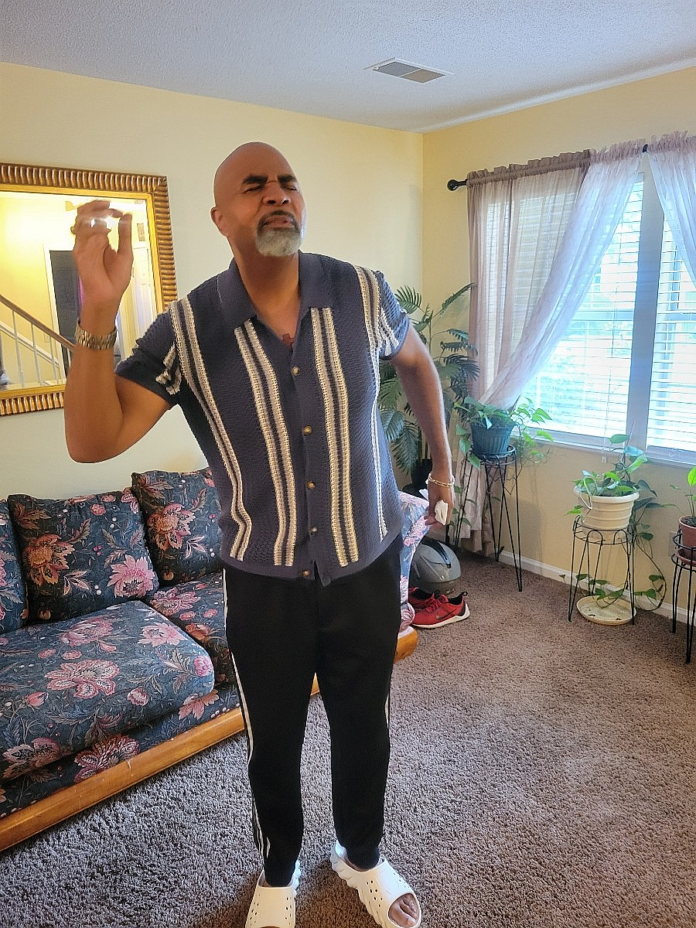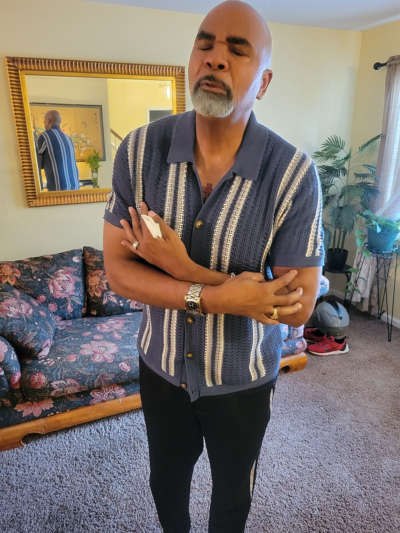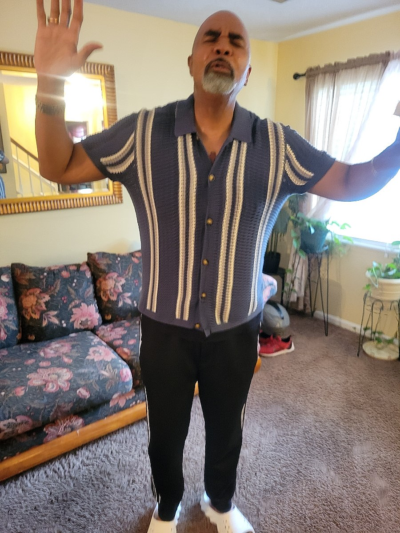Rasheeda Coleman, 57, recently lost her sisterfriend, Lydashia, 55. The grief she felt at losing her ride-or-die bestie was overwhelming at times. The Columbia, SC resident was home one day listening to the radio and Brandy’s, Missing You, was playing. Rasheeda found herself first swaying, closing her eyes, then breaking out into some kind of improvisational dance. The retired human resources administrator explains, “I don’t know what came over me. I suddenly felt the urge to dance as my tears flowed nonstop. After the song ended, I felt very drained but relieved. I had allowed myself to have a good, and much-needed cry for my girl and I actually felt better.”
According to clinicians, it’s OK to let sadness into our lives every now and then as long as it is not all-consuming. Folks have been cry dancing for eons but there has never been a name attached to the act. Cry dancing is a freeing, healing, and comforting way to express and release yourself outside of words.
A 2020 study, for example, found that dancing was cathartic, an effective therapy for reducing symptoms of depression, ranked third out of seven physical activities behind tai chi and yoga. Dancing can decrease cortisol levels which is a hormone released when we are stressed. In one study, dancing for just 25 minutes reduced the symptoms of depression by 47 percent, and dancing for 45 minutes reduced the symptoms of anxiety by 57 percent. While crying releases oxytocin and endogenous opioids, also known as endorphins. These feel-good chemicals help ease both physical and emotional pain.
The combination of dancing while crying is a powerful combo. It releases trapped feelings with an end result, that provides healthy emotional healing. What are some other benefits of cry dancing?
- It invites self-reflection by allowing you to self-soothe to reduce stress levels and help regulate emotions.
- Moving your body while crying without abandon to music helps ground you in the present. The act is a form of somatic therapy which relies on bodily movement for emotional release.
- It also provides a way to escape repetitive negative thoughts and worries. These are thoughts that run through your mind over and over that can also lead to anxiety.
- It sets your mind and body free, beyond the stiff straitjacket of norms and structure.
Try cry dancing when no one is watching, the experience is more emotionally beneficial without interruptions or worries about how you look.
If you have been feeling persistently sad for more than two weeks or you have lost interest in most of your usual activities, you might be depressed. In this case, it is important to seek help.













